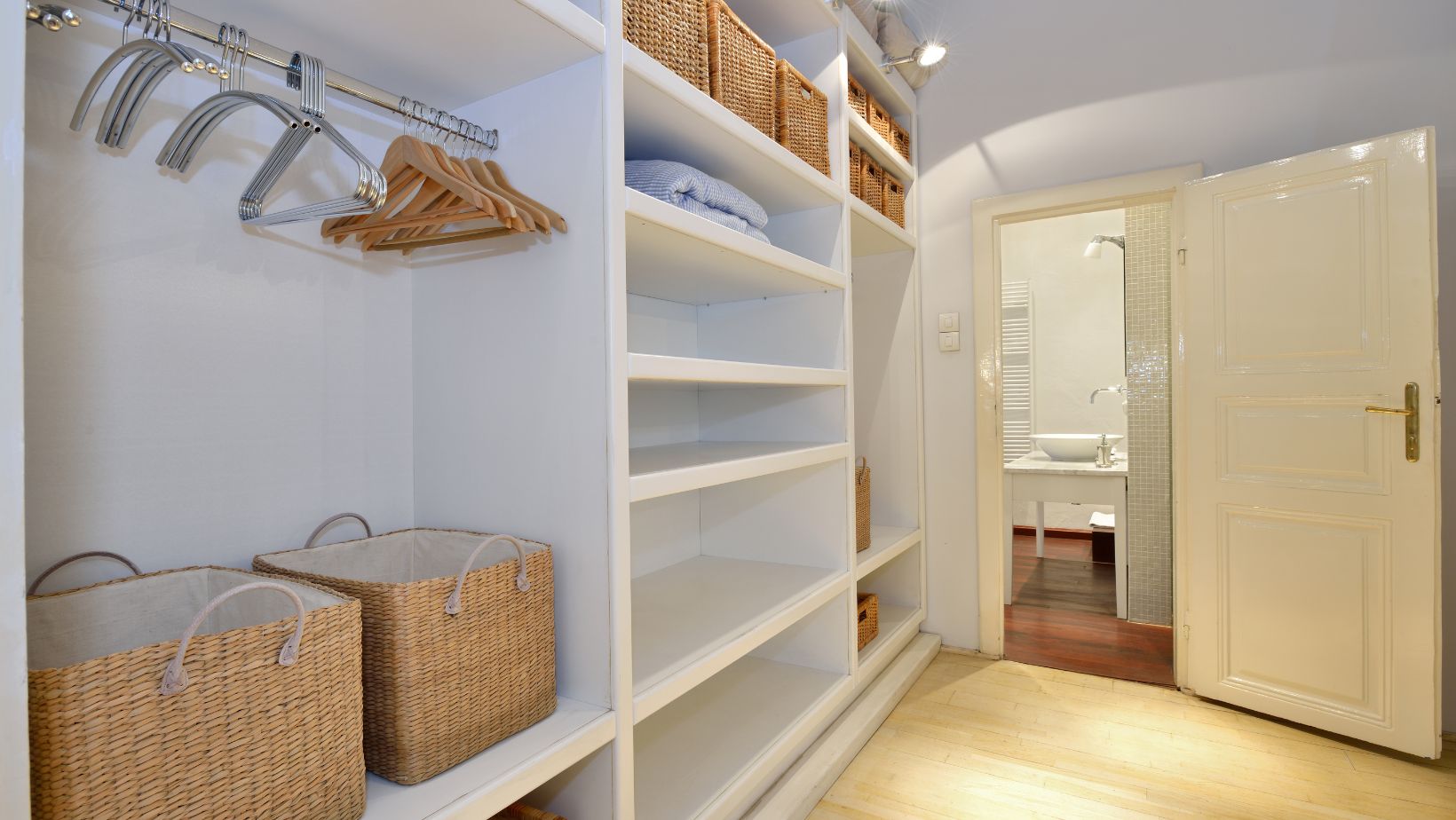
Choosing the Right Closet Doors
When it comes to installing closet doors, selecting the right type of door is crucial for both functionality and aesthetics. With a wide range of options available in the market, it can be overwhelming to make a decision. In this section, I’ll guide you through some key factors to consider when choosing your closet doors.
Measuring and Preparing the Opening
- Measure Twice, Cut Once: Before purchasing your closet doors, it’s essential to accurately measure the width and height of the door opening. Use a tape measure and record these measurements carefully to avoid any mistakes.
- Consider Clearances: Take into account any obstructions like baseboards or trim that might affect the installation. Measure their depth from the edge of the opening and factor in these clearances when selecting your door size.
- Check for Level: Use a level to determine if your floor is level and if your walls are plumb. Uneven surfaces can impact how well your closet doors hang and operate. If you notice any significant deviations, address them before proceeding.
- Prepare the Opening: Ensure that the opening is clean, free from debris, and smooth to provide a solid foundation for installation. Repair any damaged or uneven surfaces as needed using appropriate materials such as wood filler or drywall compound.
Gathering the Necessary Tools and Materials
When it comes to installing closet doors, having the right tools and materials is essential for a smooth and successful project. In this section, I’ll outline the key items you’ll need to gather before getting started.
Tools:
- Measuring tape: Accurate measurements are crucial for properly fitting your closet doors.
- Level: A level will help you ensure that your doors are straight and aligned correctly.
- Screwdriver: You’ll need a screwdriver to secure hinges or handles onto the door frames.
- Drill: A drill will be necessary for making holes in the door frames to attach hardware.
- Chisel: Use a chisel to create mortise hinges or make adjustments for a perfect fit.
- Hammer: The hammer will come in handy for any nailing or light pounding required during installation.
- Safety goggles: Protect your eyes from flying debris while cutting or drilling.
How to Install Closet Doors
Before you can install new closet doors, it’s important to remove the old ones properly. Here are the steps to follow:
- Assess the current doors: Take a close look at your existing closet doors and determine whether they need to be removed. If they’re damaged, outdated, or no longer functional, it’s time for a replacement.
- Gather necessary tools: Before starting the removal process, gather all the tools you’ll need. This typically includes a screwdriver (either flathead or Phillips), a pry bar, and possibly a hammer.
- Remove any hardware: Begin by removing any hardware attached to the old doors such as hinges, knobs, or handles. Use your screwdriver to loosen and remove screws holding these components in place.
- Examine door frame: Once the hardware is removed, take a moment to inspect the door frame for any damage or debris that needs cleaning before installing new doors.
- Detach old doors from frame: Depending on how the old doors are installed, this step may vary slightly. In most cases, you’ll need to carefully lift each door off its track or hinge pin while ensuring not to damage surrounding walls or flooring.
- Dispose of old doors responsibly: Now that you have successfully removed the old closet doors, consider responsible disposal options such as recycling them if possible or donating them if they are still in good condition.
Remember that every closet door installation may differ slightly based on factors like door type (sliding vs hinged) and material used (wood vs mirrored). Always refer to manufacturer instructions for specific guidance during both removal and installation processes.






